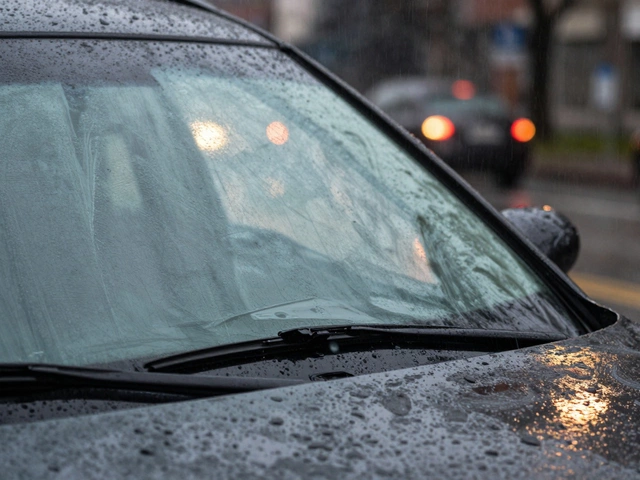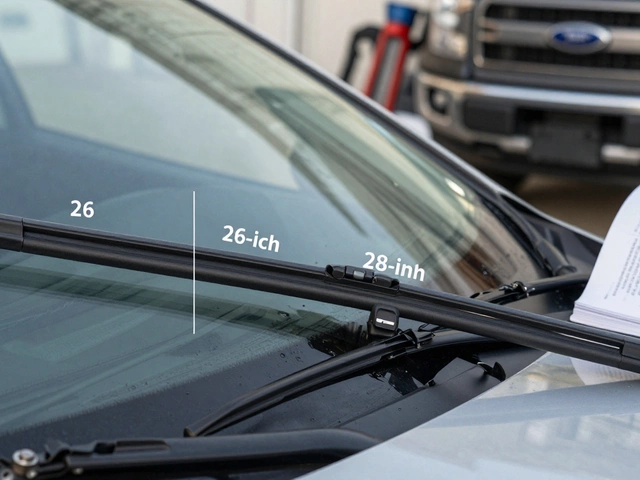Back Brake Pads: When to Replace Them and What Happens If You Don't
When your car slows down, the back brake pads, the friction components that press against the brake rotors to stop your vehicle. Also known as rear brake pads, they’re just as critical as the front ones—even if you don’t feel them working as hard. Most people think the front brakes do all the work, and while they handle more of the stopping force, the back brake pads still make up nearly 30% of your total braking power. Ignore them, and you’re not just risking a squeak—you’re risking control.
A worn back brake pad doesn’t just fade quietly. It starts grinding, then pulling, then taking longer to stop. If you’ve noticed your car drifting to one side when braking, or if the brake pedal feels spongy or needs to be pressed deeper than usual, those are red flags. The brake system, the entire network of components that convert pedal pressure into stopping force relies on balance. When one part fails, the rest overwork. That means your front pads wear faster, your rotors warp from uneven heat, and your ABS might start acting up. It’s not just about replacing a part—it’s about keeping the whole system working right.
Many drivers wait until they hear metal-on-metal, but by then, you’ve already damaged the brake rotors, the discs that the pads clamp onto. Replacing rotors costs three times as much as replacing pads. And if you’re driving on worn pads in wet weather, your stopping distance can increase by 40%. That’s the difference between avoiding a crash and hitting it.
There’s no fixed mileage for replacing back brake pads—they wear based on how you drive. City driving with lots of stops? They might go in 25,000 miles. Highway cruising? They could last 50,000. But here’s the real test: if you can see less than 3mm of friction material left on the pad, it’s time. Or if your mechanic says the rotors are thinning because of uneven pad wear, don’t argue—just replace them together.
You don’t need to be a mechanic to check them. Lift the car, spin the wheel, and look through the spokes. If the pad looks thin, cracked, or uneven, it’s not just worn—it’s unsafe. And if you’re replacing them, always check the calipers and brake fluid too. A sticking caliper can eat through pads in weeks. Cheap fixes now save you thousands later.
The posts below cover exactly what you need to know: how to spot failing pads, whether you can skip rotor replacement, what happens when you delay, and how to avoid being overcharged. No theory. No fluff. Just real-world advice from drivers and mechanics who’ve been there.





